How many milk teeth does a person have? You can find this and much more exciting information about the primary dentition in this article.
In this blog post, we are focusing on a topic that is particularly exciting for both young parents and all the curious among us: “How many milk teeth does a person have?”.
Although this may seem like a simple question at first glance, the primary dentition (and therefore dentistry) is very different from the dentition of an adult.
In this article, we look at the number of milk teeth and their different types.
| Get 150 € discount on your dental correction! |

Book a consultation appointment now at a nearby DrSmile partner practice and find out if teeth straightening with aligners is right for you.
The appointment is completely non-binding and does not involve any costs.
With the code “THATSMILE150” you will receive 150 € discount on the treatment.
You will also gain a deeper insight into their importance, development and the role they play in a child’s growth process.
Last but not least, find out why these small temporary teeth are so important for long-term oral health.
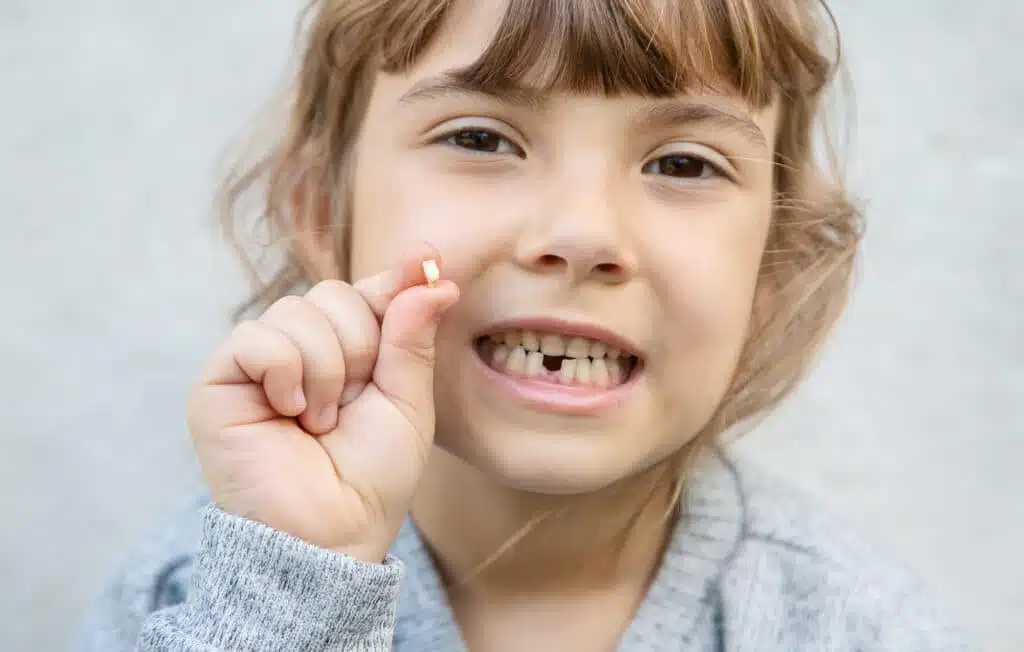
How many milk teeth does a person have? The world of children’s dental health
How many milk teeth does a person actually have? This question leads us into the exciting world of children’s dental development
A topic that is just as interesting for parents as it is for anyone interested in human anatomy and development.
The basics of milk teeth
Let’s start with the basics. Milk teeth, also known as primary teeth, are the first teeth to appear in a child’s mouth.
They play a crucial role in the early stages of life, as they not only help with chewing and speaking, but also pave the way for the permanent teeth later on.
But exactly how many milk teeth does a young person have? The answer is: A child has a total of 20 milk teeth .
These teeth usually begin to appear at around six months of age and the full set is usually present by the age of three.
The role of milk teeth
Before we go into further detail, it is important to understand why milk teeth are so important. These small temporary teeth have several key functions:
- Nutrition and digestion: Milk teeth allow children to chew solid food, which is essential for proper nutrition and digestion.
- Language development: They help with the formation of sounds and words, which plays a crucial role in language development.
- Placeholder for permanent teeth: Milk teeth retain the space for the permanent teeth to follow and guide their correct positioning in the jaw.
| Get 150 € discount on your dental correction! |

Book a consultation appointment now at a nearby DrSmile partner practice and find out if teeth straightening with aligners is right for you.
The appointment is completely non-binding and does not involve any costs.
With the code “THATSMILE150” you will receive 150 € discount on the treatment.
What types of milk teeth are there?
As already mentioned, a typical primary dentition consists of a total of 20 teeth.
These teeth are smaller and more delicate than the permanent teeth and have a special composition that is tailored to the needs of a growing child.
Milk teeth can be divided into different types:
- Incisors (incisors): Each child has a total of eight incisors, four in the upper jaw and four in the lower jaw. These teeth appear first and are used to bite off food.
- Canine teeth (Canini): These pointed teeth, four in total (two at the top and two at the bottom), are responsible for grasping and tearing food. They usually appear after the incisors.
- Molars (molars): There are eight molars in the primary dentition, two in each quadrant of the mouth. These wider teeth are responsible for crushing and grinding the food.
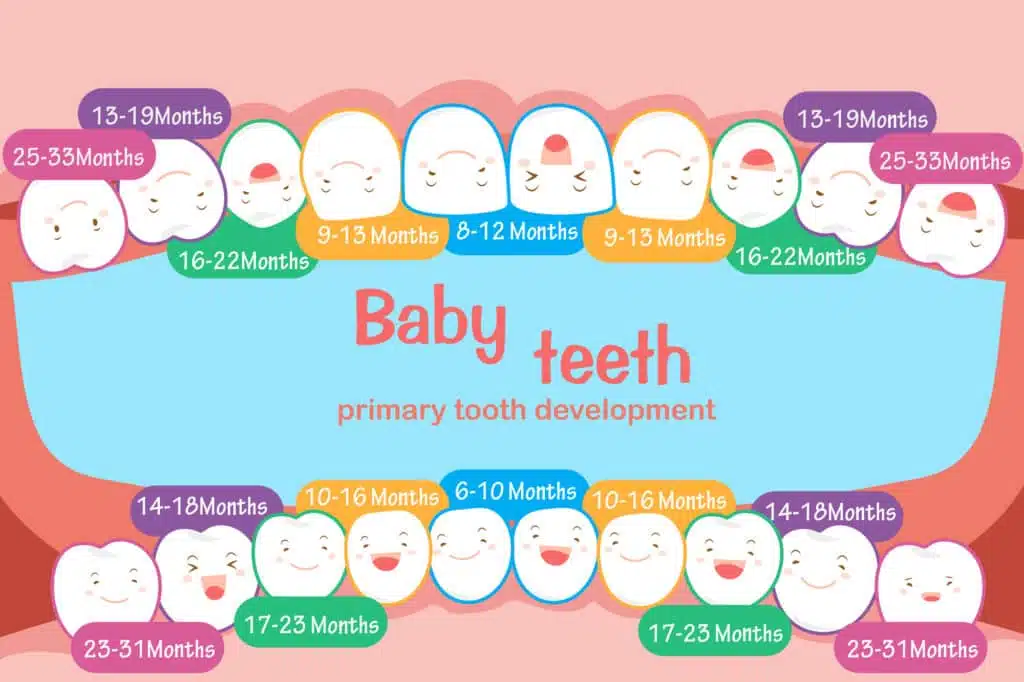
The eruption of milk teeth
The process of tooth eruption, known as dentition, can be different for each child.
As a rule, the lower central incisors appear first, followed by the upper central incisors.
This is followed by the remaining incisors, the canines, the first molars and finally the second molars.
Most children should have their full set of milk teeth by the age of three.
It is important to note that tooth eruption is sometimes associated with discomfort or slight pain.
A slight fever, irritability and increased salivation may also occur.
Care of milk teeth
Caring for baby teeth is crucial for the health of permanent teeth.
Caries in the milk teeth can lead to problems that affect the permanent teeth. Good oral hygiene is therefore important right from the start.
This includes regular tooth brushing, visits to the pediatric dentist and a balanced diet.
| Get 150 € discount on your dental correction! |

Book a consultation appointment now at a nearby DrSmile partner practice and find out if teeth straightening with aligners is right for you.
The appointment is completely non-binding and does not involve any costs.
With the code “THATSMILE150” you will receive 150 € discount on the treatment.
The change of teeth: transition to permanent teeth
The change of teeth normally begins at around the age of six and continues until the age of twelve.
During this process, the milk teeth fall out and the permanent teeth take their place.
This transition is a natural part of child development and a sign that the child is entering a new phase of growth.
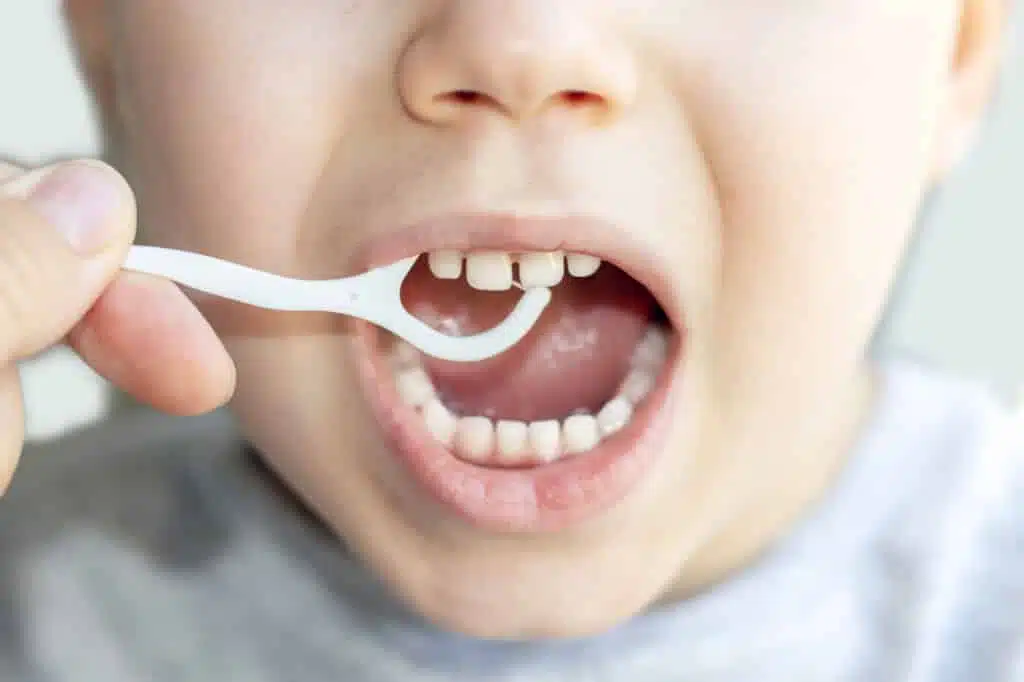
Conclusion on the topic “How many milk teeth does a person have?”
The 20 milk teeth that every child has are more than just a temporary row of small teeth.
They play a crucial role in nutrition, speech development and dental health.
Caring for these teeth lays the foundation for healthy, permanent teeth and promotes general health and well-being.
We hope this blog post has given you some interesting insights into the world of milk teeth and shown you how important it is to take care of your oral health from a young age.
Remember that every tooth, whether temporary or permanent, plays an important role in our lives and those of our children.
| Get 150 € discount on your dental correction! |

Book a consultation appointment now at a nearby DrSmile partner practice and find out if teeth straightening with aligners is right for you.
The appointment is completely non-binding and does not involve any costs.
With the code “THATSMILE150” you will receive 150 € discount on the treatment.
FAQs on the topic “How many milk teeth does a person have?”
Here we answer a few of the most frequently asked questions on the subject of “How many milk teeth does a person have?”.
How many milk teeth does a person normally have?
A person normally has 20 milk teeth.
When do milk teeth normally start to grow?
Milk teeth usually start to grow at around 6 months of age.
In which order do milk teeth normally grow?
The lower central incisors often appear first, followed by the upper central incisors. The remaining incisors, canines and molars usually follow.
Until what age does a child normally keep their milk teeth?
Children normally keep their milk teeth until they are around 6 years old, when the change of teeth begins.
Are milk teeth more important than permanent teeth?
Milk teeth are just as important as permanent teeth, as they hold space for the permanent teeth and are important for the development of jaw structure, speech and nutrition.
What happens when baby teeth decay?
Caries in milk teeth can lead to pain, infections and problems with chewing. It can also affect the health of subsequent permanent teeth.
What is the best way to care for baby teeth?
Milk teeth should be cared for like permanent teeth: Regular brushing, avoiding too much sugar and regular dental check-ups.
Can milk teeth be repaired if they are damaged?
Yes, damaged baby teeth can be repaired with fillings, crowns or other dental procedures.
What happens if a baby tooth falls out too early?
If a milk tooth falls out too early, this can lead to space problems for the following permanent tooth. A dentist can decide whether measures are necessary to preserve the space.
Should you be worried if a child still has milk teeth at the age of 7?
Not necessarily. The process of changing teeth varies from person to person. However, if there are any concerns, it is advisable to consult a dentist.
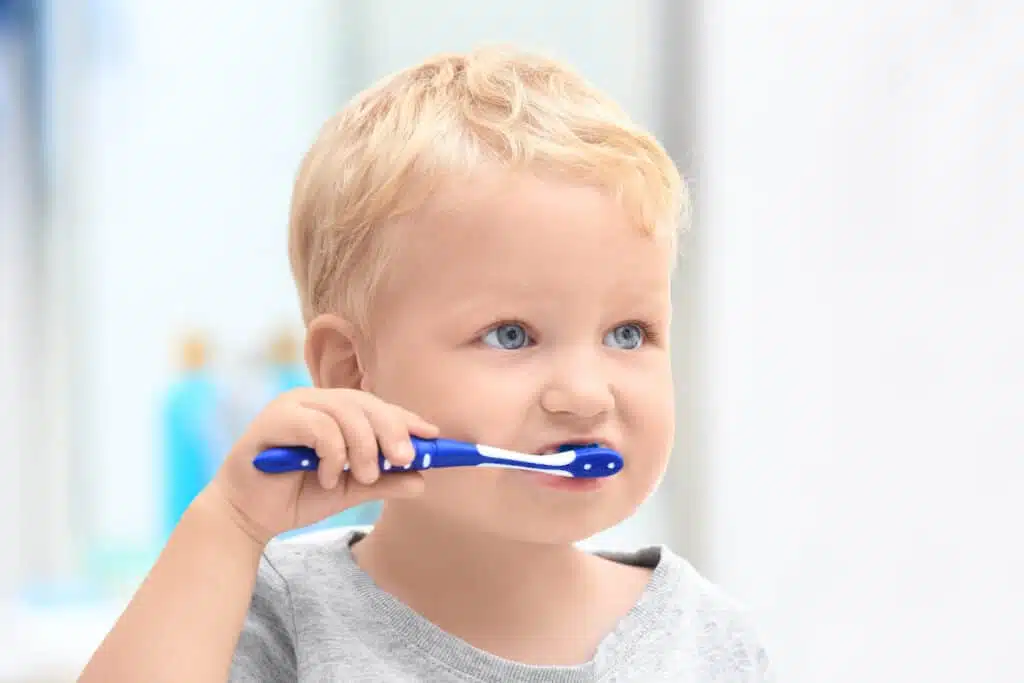
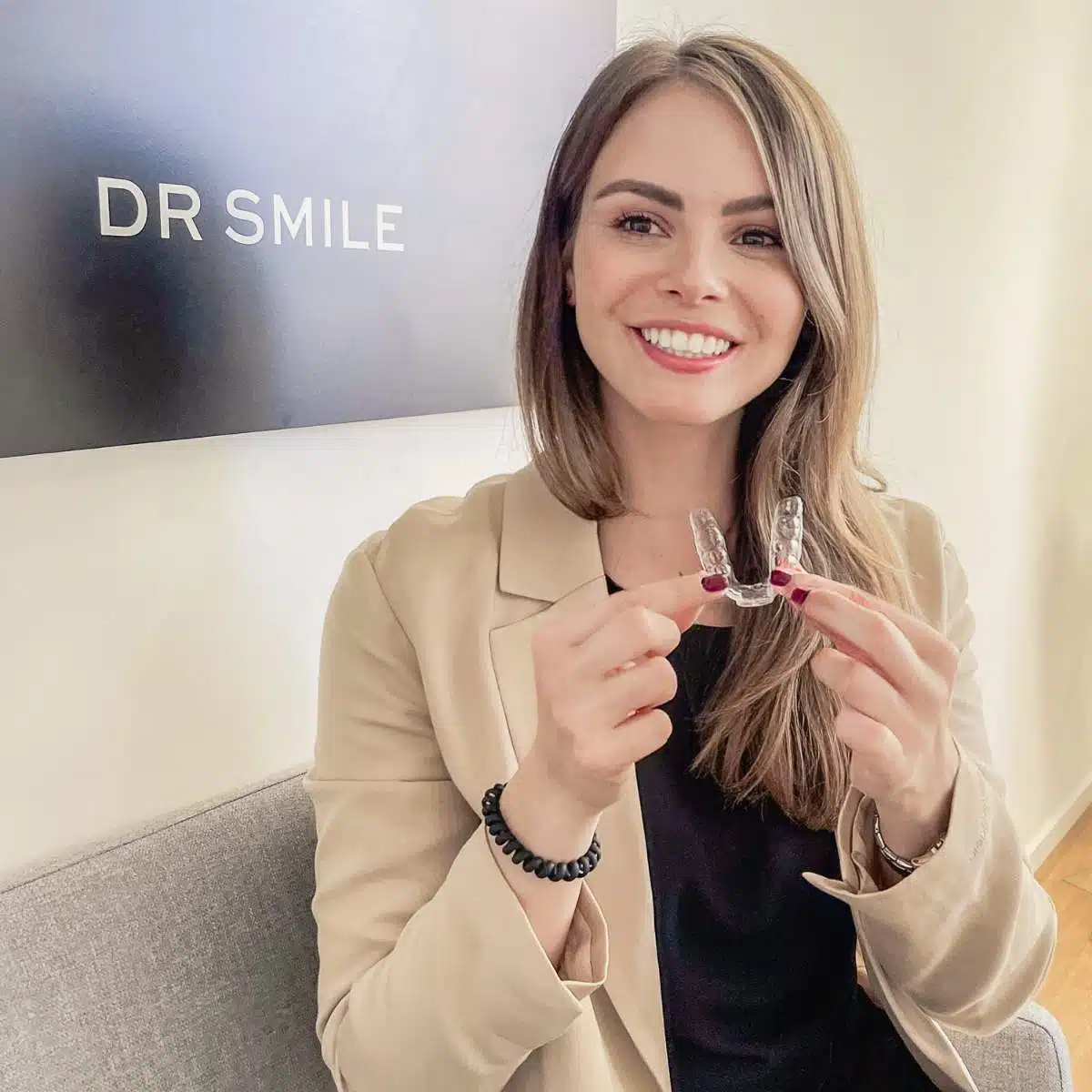
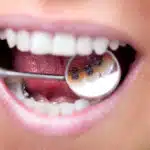

Leave a Reply